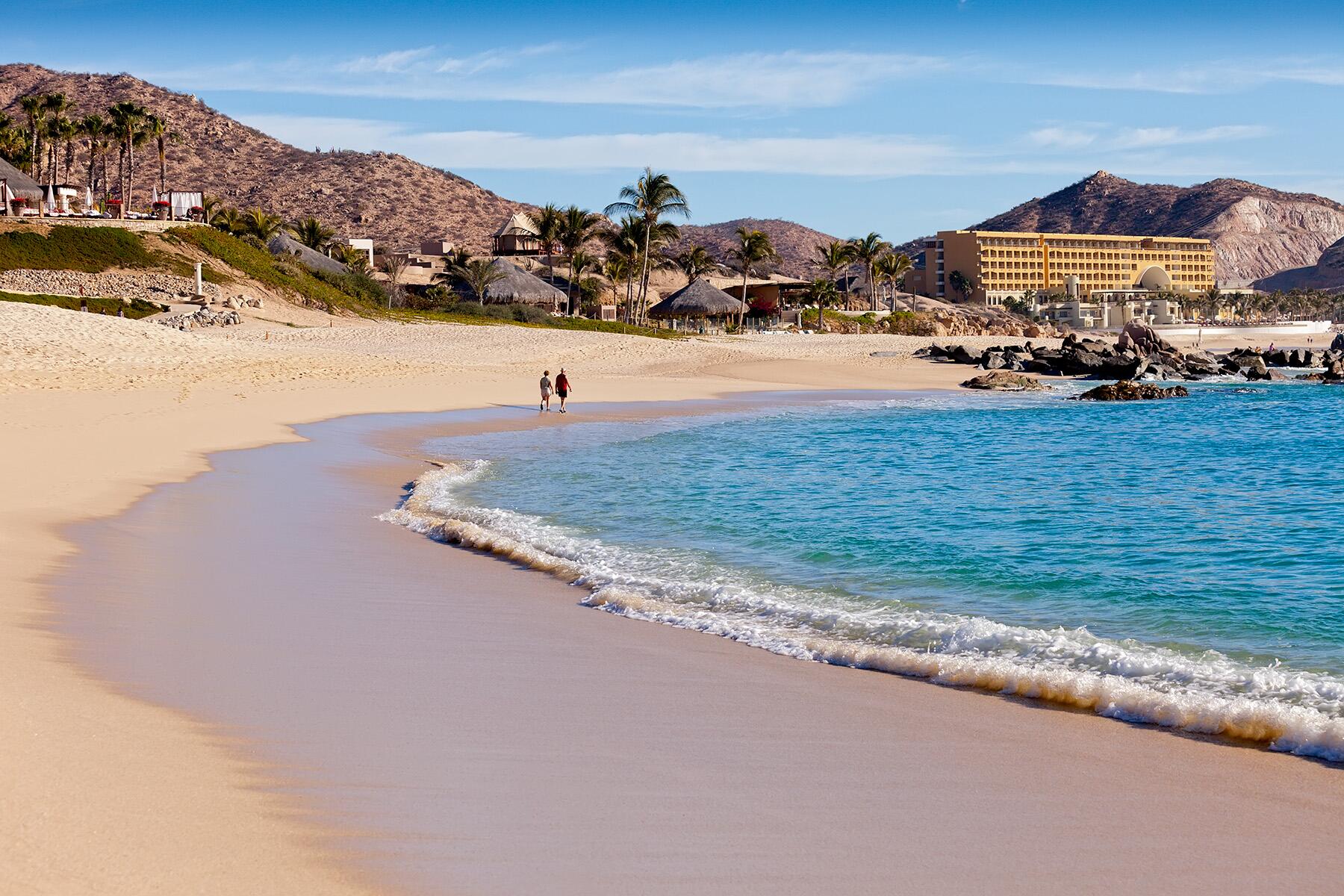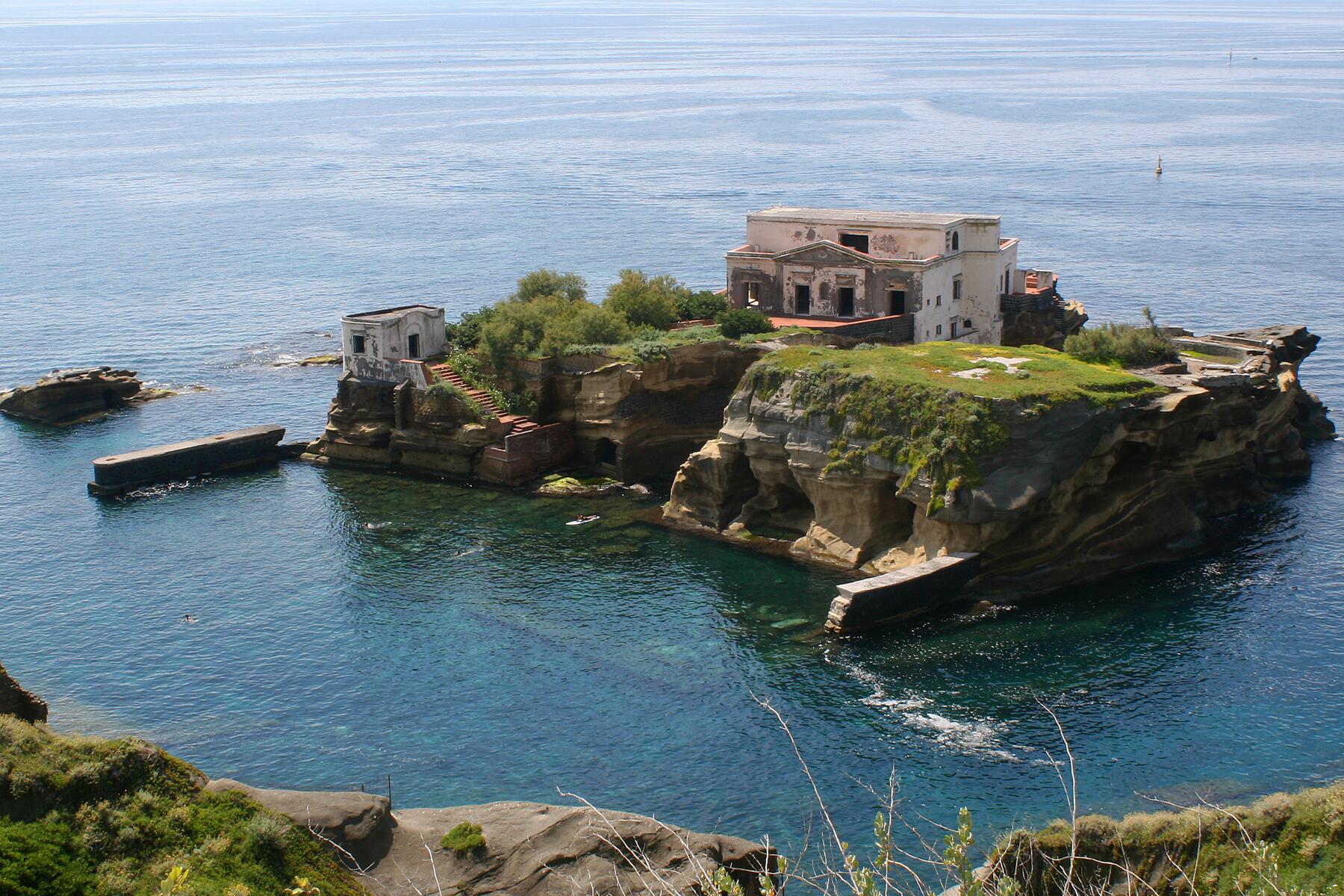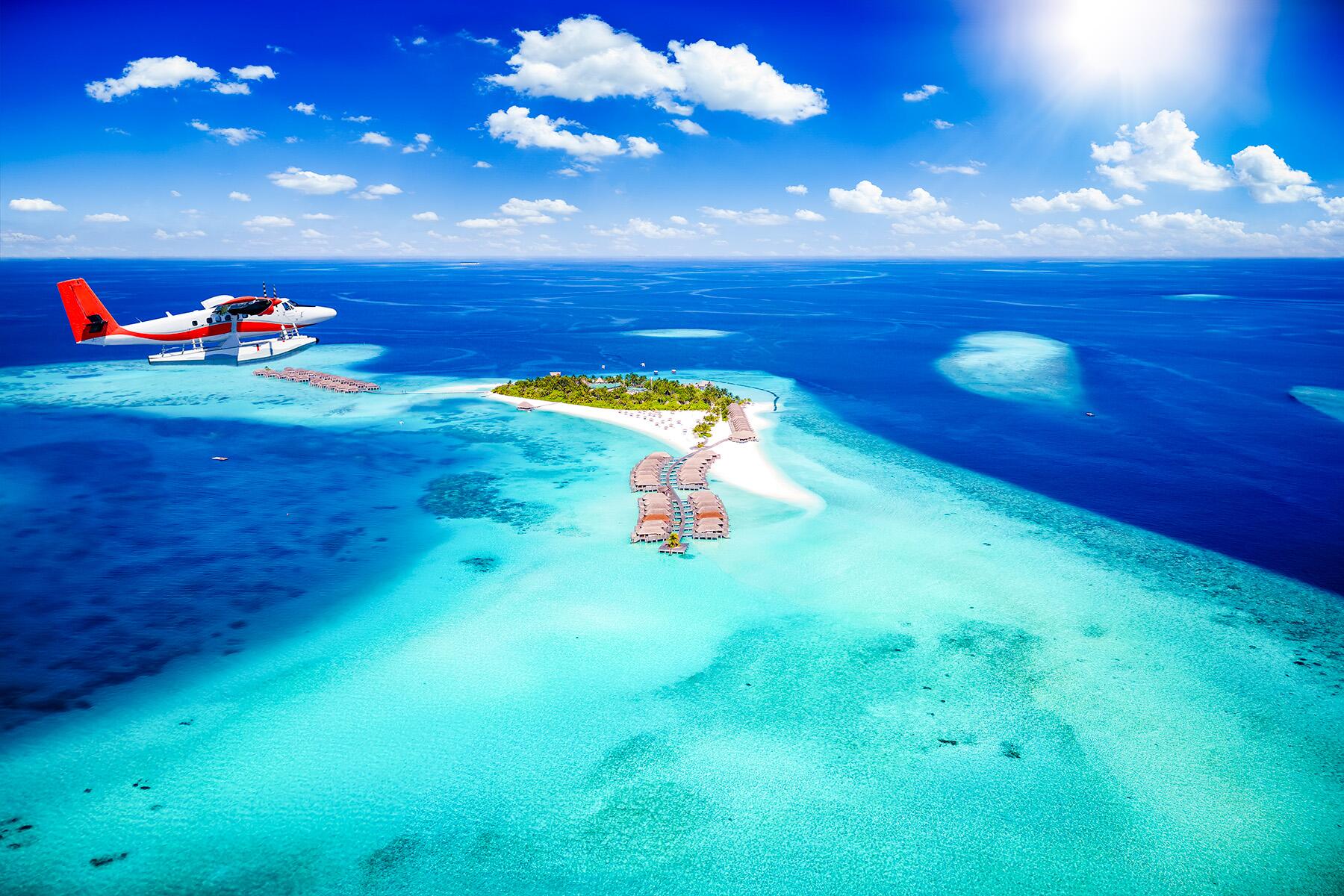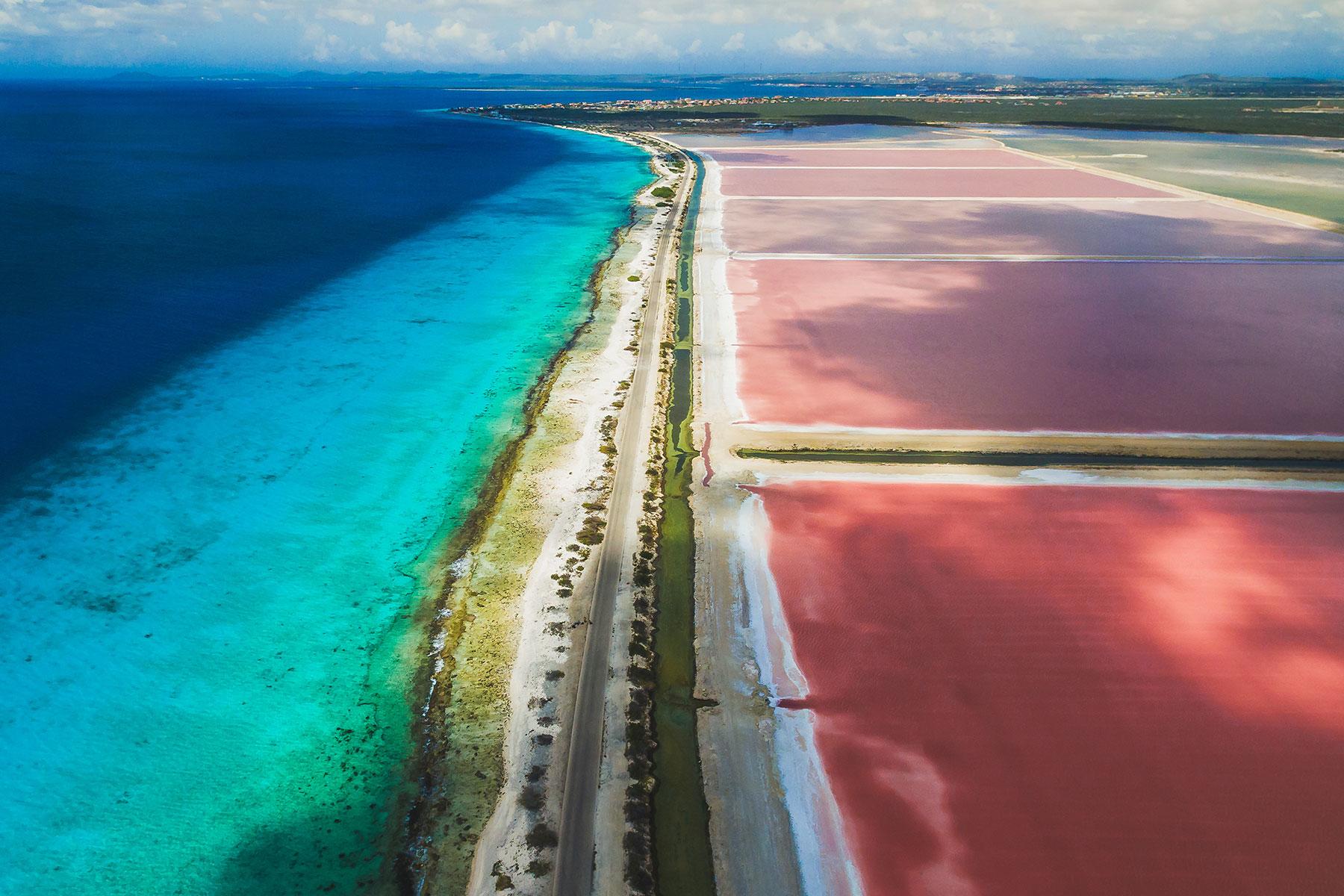- ⁄
- Travel News
- ⁄
- Beaches •
- Outdoors
You'll be tickled pink.
Cotton candy-hued lakes and beaches are not as rare as one might think. Here’s where to find pretty waters and soft pink sands in that perfect shade of millennial pink.
Top Picks for You
Balos Bay
WHERE: Greece
Legend has it that the sand at this beach is pink due to the blood of thousands of Turks who died in battle. In reality, it’s the abundance of crushed seashells that make the hidden lagoon on this picturesque Crete outpost so pink. The cliff views are surreal and there’s an ancient Venetian castle nearby. The waters are warm, shallow, and family-friendly, but go early in the morning to avoid crowds.
INSIDER TIPThere are no amenities, so bring your own food and water and shade umbrellas if needed.
Getting there: It’s easiest to take a boat trip; there are regular excursions from Kissamos and Chania Town. Going by car is rough, the road is unpaved and you must take a good, long, hot hike from the parking lot to get to the beach and back.
Pekelemeer Lake
WHERE: Bonaire
The shocking pink waters of Pekelmeer pop out of the blue like a mirage and are flanked by blindingly white mountains of salt that look like snow. The water is colored by the abundance of tiny brine shrimp that flourish within them. These shrimp attract more pink delights- flocks of Caribbean flamingos that number in the thousands and congregate to feast on the tiny crustaceans.
INSIDER TIPThis is a protected sanctuary and one of only four spots on the planet where flamingos breed; bring binoculars to view them up close.
Recommended Fodor’s Video
Pink Sand Beach
WHERE: Barbuda
Many of Barbuda’s beaches turn a cotton candy hue when the conditions are right, like Pink Beach and Low Bay’s 17-mile stretch of absolutely pristine heaven. When the sea swells are very strong, they crush the millions of minuscule pink foraminifera shells until they uniformly carpet the sand. In fact, they can be so numerous that you’ll hear a distinct tikka-tikka-tikka sound as they collide together on their slide-and-tumble journey back into the sea when the waves recede.
INSIDER TIPThe small beach at Barbuda’s now-defunct K Club resort also often turns pink and was renamed Princess Diana Beach in her honor in 2011. She and the boys often used to holiday there, and the locals adored her.
Getting there: There is daily a ferry from Antigua, and small plane and helicopter service. No international flights land there.
Pink Sands Beach
WHERE: Bahamas
With the laid-back lifestyle, aquamarine-colored waters, and famous Junkanoo carnival festivals, we know we don’t need to give you another excuse to book a trip to the beautiful Bahamas. But, we’ve got one for you anyway: Harbour Island boasts powdery pale pink sands made from broken pieces of coral and tiny-shelled creatures (foraminifera). Although the sand may be a lighter shade of pink than some of the other contenders on this list, Pink Sands Beach has been named one of the prettiest beaches in the Caribbean. The best time to view the sand’s rosy hue is at sundown, or at low tide.
INSIDER TIPBring your snorkel; the water is calm and the reef is steps from the beach. It’s not overly crowded here, so if you’re lucky, you might even come face-to-face with a resident sea turtle, so keep your camera handy.
Lake Hillier
WHERE: Australia
While most foreigners who make the giant leap across the ocean to explore Australia come to see the outback and the Great Barrier Reef, the breath-taking natural beauty of Western Australia is nothing to shake a stick at. Lake Hillier is a perfect example of Western Australia’s lesser-known hidden gems; the pink salt water in this lake looks like something out of a fairytale! Among other microorganisms, researchers attribute the bubblegum color of the lake to a type of micro-algae that thrives in salty conditions called dunaliella salina. The rare algae produce a pinkish-red dye to help it to better absorb sunlight under the water.
Getting There: Situated on Middle Island, Lake Hillier is a part of the Recherche Archipelago Nature Reserve. The best way to experience this natural wonder is to book a day cruise, as the lake is in a remote location.
Las Salinas de Torrevieja
WHERE: Spain
As it turns out, Australia isn’t the only one with Kool-Aid colored lakes. For similar biological reasons as Lake Hillier (high salt content and the micro-organisms that thrive in it), Valencia’s Las Salinasde Torrevieja has a pink lake of its very own, and this one is home to 2,000 flamingos.
While the lake and the wildlife are absolutely stunning, locals know an even better secret; the pink lake in Spain’s Las Salinas de Torrevieja has all the therapeutic properties of a natural spa. Treat yourself to a moisturizing mud bath and facemask and let it dry while you take in some sun. Rinse off with a soothing swim in the pink lake, the salt makes you almost as buoyant as in the Dead Sea, adding to the overall relaxation.
INSIDER TIPBring goggles to protect your eyes and some fresh water to rinse the salt off your skin after your dip, as there are no showers in the area.
Pink Beach (Pantai Merah)
WHERE: Indonesia
The UNESCO World Heritage Site of Komodo National Park is the perfect stopover for nature lovers visiting Indonesia. Here, the soft, blushing, sand and crystal-clear waters make it the ideal place to snap some envy-inducing vacation photos before delving into world-class snorkeling along the reef. Yet again, our microscopic friends (foraminifera) are responsible for the dazzling pink sands on this beach. These tiny organisms turn the coral red, and when red coral particles crumble off into the sea, they mix with the white sand, and just like magic, it morphs into a pretty pink beach.
INSIDER TIPAs the name might suggest, Komodo Island is home to Komodo dragons, the world’s largest lizard (up to 265 pounds!). They are dangerous and surprisingly fast, so go with a guide to stay safe.
Hutt Lagoon
WHERE: Australia
The Magenta ponds near Perth aren’t exactly the spot to visit for your next beach vacation, but they are stunning to view from an airplane. As the largest Beta-Carotene farm on earth, Hutt Lagoon uses these salty pink algae ponds to manufacture vitamin supplements, pill casings, and food dye, among other things.
You may not have heard of Beta-Carotene but you’ve surely consumed it. It’s the scientific name for the brightly colored pigment that gives vegetables such as carrots and sweet potatoes their vibrant shades of orange and red. Not only is it used as an organic food coloring agent, but also when ingested, Beta-Carotene turns into Vitamin A, which is great for your skin and eyesight.
Horseshoe Bay Beach
WHERE: Bermuda
As one of Bermuda’s most iconic tourist destinations, Horseshoe Bay Beach is a must-see for its picturesque coastline views, turquoise-colored water, and you guessed it, pink sand. Southside beaches between Horseshoe Bay and Warwick Long Bay are blessed with pastel pink sand from tiny pieces of foraminifera shells. As a treasured part of Bermuda’s natural beauty, it’s actually illegal to take any sand off the beach, but they do sell it in shops in souvenir bottles. Often touted as one of the most beautiful beaches in the world, this crescent strip is very popular with cruise visitors, so get there early to snag a prime spot. Nearby coves make for the excellent calm water swim spots, and the waters are full of vibrant blue parrotfish, so bring a snorkel.
Getting There: Take public transportation such as the (pink!) city bus or ferry. All-day transportation passes are available and at the beach, a $2 shuttle takes passengers back up the narrow hill to the bus stop.
Los Coloradas
WHERE: Mexico
Thanks to Beta-Carotene pigments, red algae and shrimp can take credit for the blushing pink waters of Los Coloradas, making it another fantastic habitat for flamingos. Wildlife-lovers rejoice, this lovely lagoon is a part of another UNESCO world heritage site, the Rio Lagartos Biosphere Reserve. Adventurers can expect to find crocodiles, various reptiles, and hundreds of species of birds in the surrounding areas.
This lake is lovely to visit and photograph, but not so much for swimming. You might notice piles of salt along the shoreline where water has dried up. The natural salt deposit of Los Colarados have always been a valuable asset to the area, where the ancient Mayans harvested salt thousands of years ago.
Today, the lake is still being used as a salt mine for commercial purposes. Los Coloradas is a tiny fishing village about three hours outside of Cancun and makes for a fantastic little road trip when visiting North Eastern Mexico.





